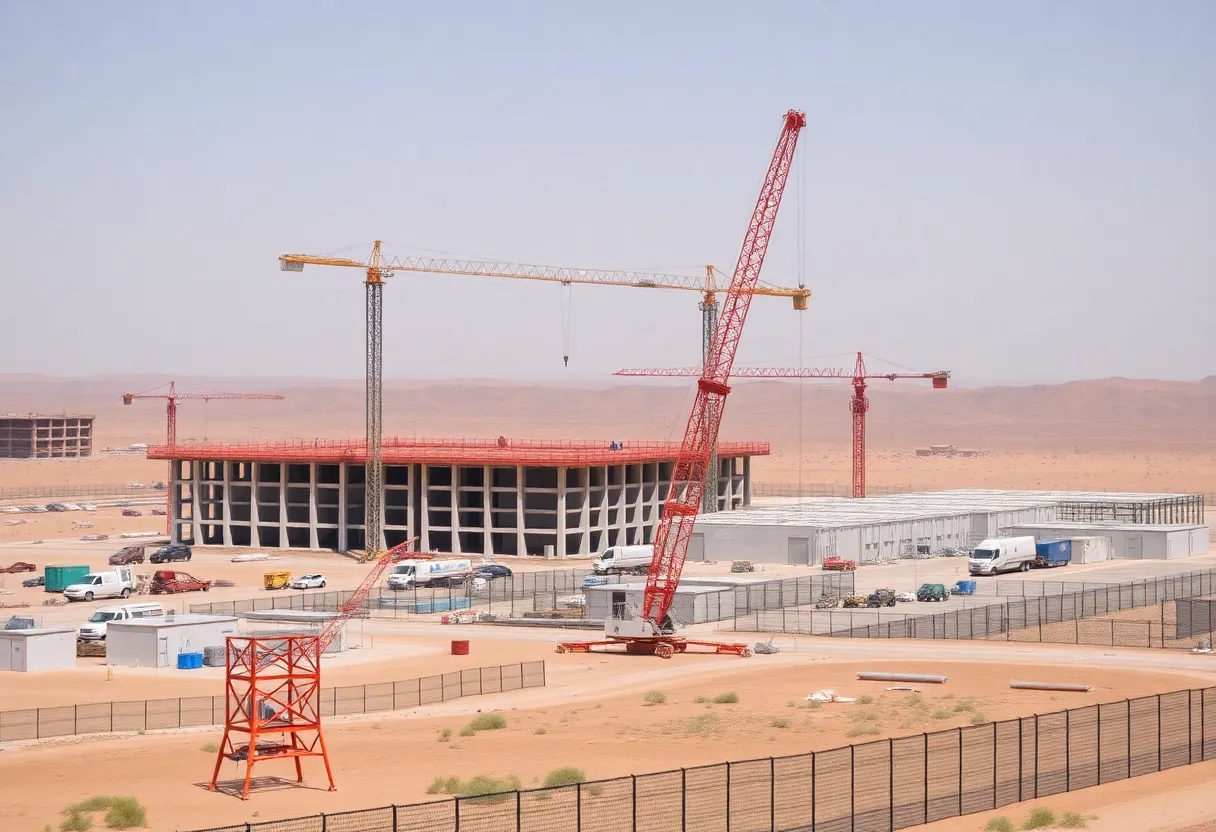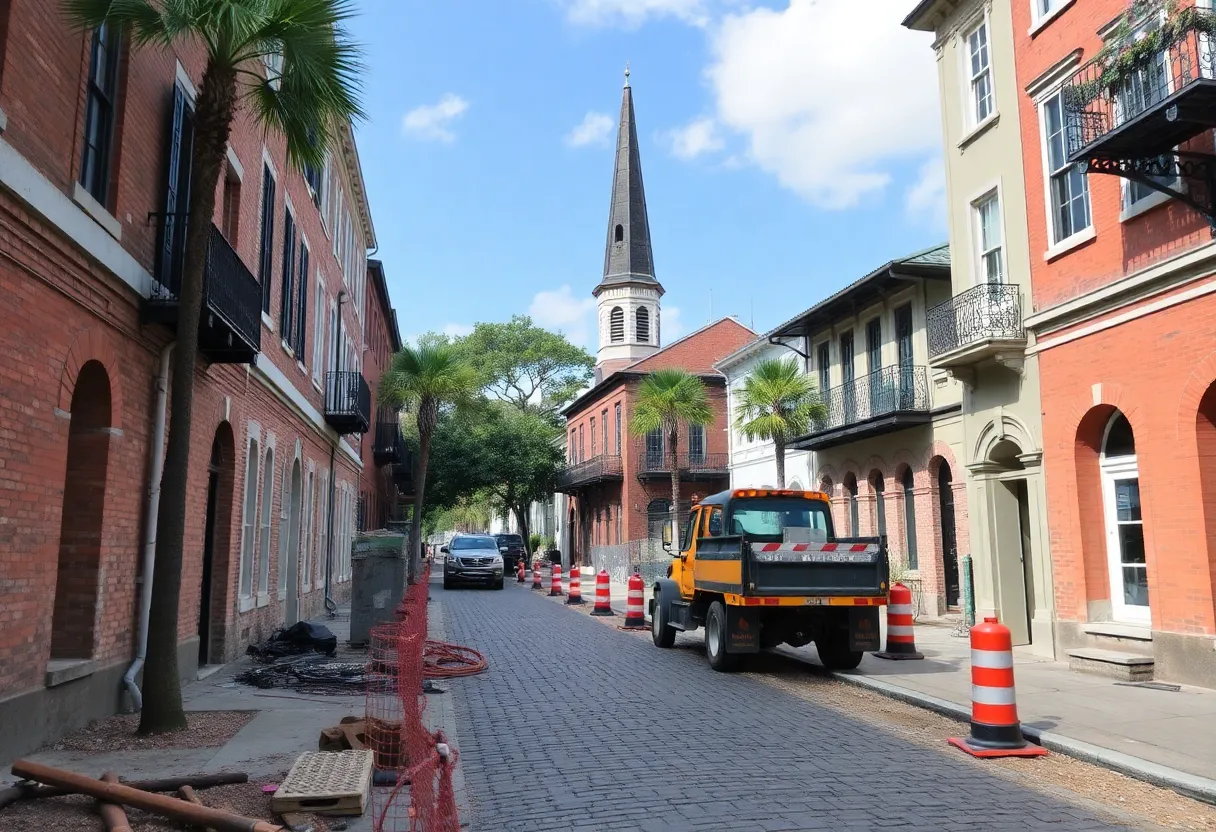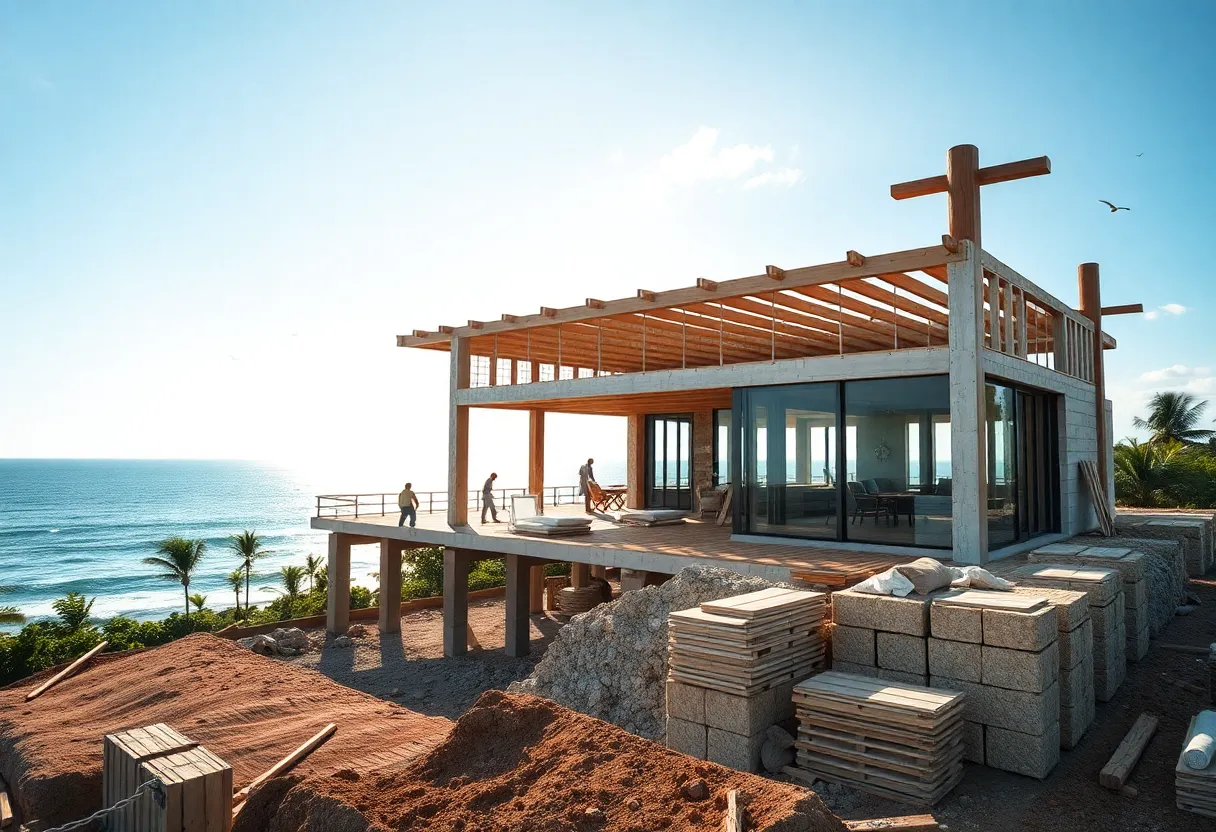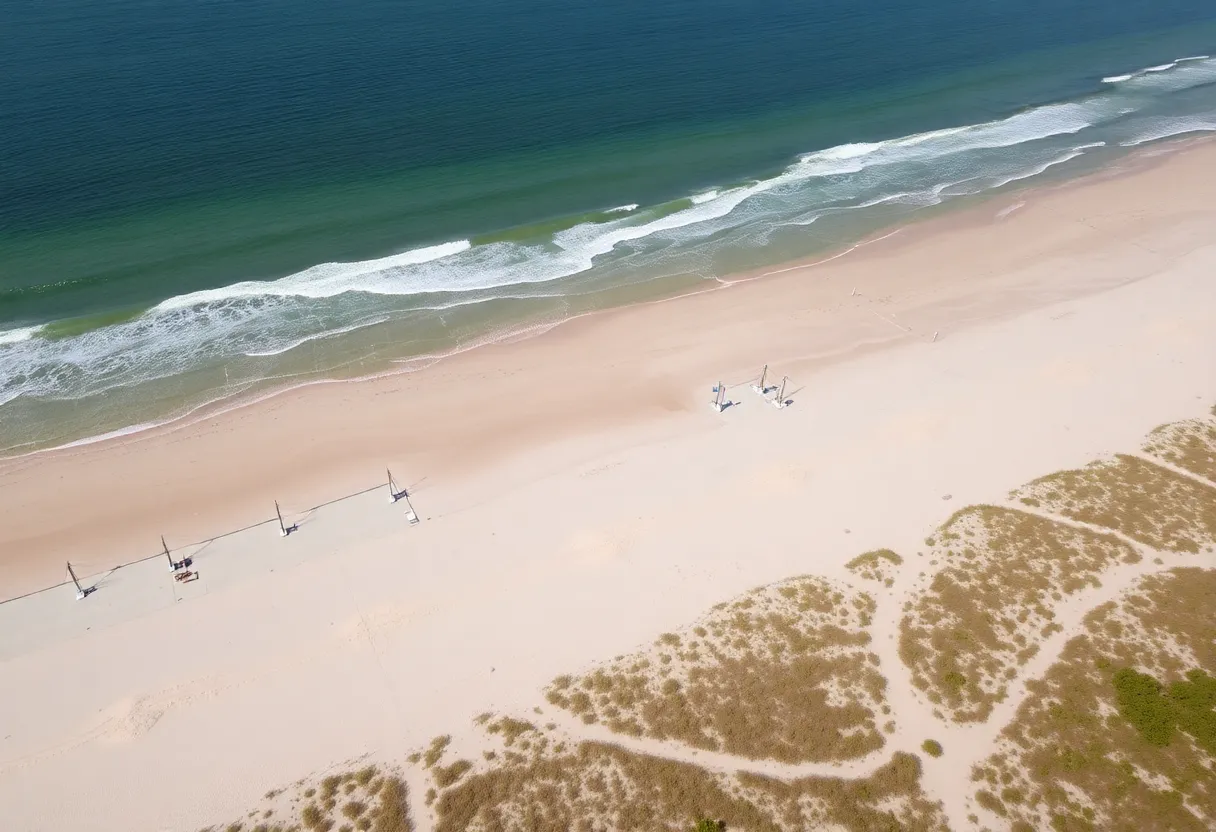News Summary
The Trump administration has announced a significant $10 billion investment to expand migrant detention centers at the Texas border, intending to add 5,000 beds. While the rapid development is aimed at addressing ongoing migration issues, human rights organizations have voiced concerns about the potential for inhumane conditions due to accelerated construction. The funding will streamline resource mobilization through the U.S. Navy, reflecting a shift towards more robust border management. The expansion aims to meet immediate demands while balancing security and humanitarian considerations.
Texas Border: Trump’s Administration Allocates $10 Billion for Migrant Detention Center Expansions
At the Texas border, the administration has announced a major investment of $10 billion through the U.S. Navy to expand migrant detention centers. This funding, revealed on October 26, 2025, aims to add new facilities in Texas and Arizona, increasing capacity by 5,000 beds. The initiative addresses ongoing migration challenges, but human rights organizations have raised concerns about the approach, describing it as rushed and potentially inhumane due to accelerated construction timelines.
The expansion plan prioritizes rapid development, with construction set to begin immediately. The new facilities will focus on enhancing border security and detention capabilities, incorporating modern infrastructure to accommodate the additional beds. Officials emphasize that this move is part of a broader strategy to manage migration flows effectively. However, critics highlight issues with the bidding process for contractors, noting that the speed of implementation may compromise standards for humane treatment.
In terms of specifics, the $10 billion allocation will cover construction costs, including materials, labor, and operational upgrades. The facilities in Texas and Arizona are expected to be operational within the next year, providing space for more detainees amid increasing border activity. This funding route through the U.S. Navy marks a departure from traditional budgeting, allowing for quicker mobilization of resources.
Human rights groups point to potential risks associated with the rapid build, such as inadequate living conditions and oversight. They argue that the hurried contractor bids could lead to subpar facilities, raising ethical questions about detainee welfare. Despite these criticisms, supporters of the plan assert that the expansions are necessary to handle current demands at the Texas border and beyond.
Background on the Initiative
The decision to funnel resources through the U.S. Navy stems from a need for efficient federal coordination in response to migration pressures. Over recent years, border regions like Texas have seen increased activity, prompting calls for infrastructure improvements. This $10 billion investment builds on previous efforts to strengthen detention capabilities, reflecting a policy shift toward more robust border management.
The new centers in Texas and Arizona will incorporate features such as enhanced security measures and basic amenities, designed to meet operational needs. However, the criticisms from human rights organizations underscore ongoing debates about balancing security with humanitarian standards. This expansion is part of a larger framework aimed at addressing migration issues, though it has sparked discussions on the implications for civil rights.
Overall, the project represents a significant commitment to border infrastructure, with potential long-term effects on migration patterns. Stakeholders are monitoring the developments closely, as the outcomes could influence future policies in the region. The focus remains on ensuring that expansions are carried out efficiently while addressing any concerns raised during the process.
To provide more context, the administration’s approach involves coordinating with various agencies to oversee the construction. This includes site selection in strategic locations along the Texas border and in Arizona, where demand is highest. The addition of 5,000 beds is projected to alleviate overcrowding in existing facilities, but the timeline for completion depends on factors like weather and supply chain logistics.
Further details reveal that the funding allocation prioritizes sustainability and cost-effectiveness, with plans to use durable materials for long-term durability. Despite the criticisms, proponents argue that the expansions will create jobs and stimulate economic activity in the affected areas. The project is expected to evolve based on feedback and assessments during implementation.
In summary, this initiative underscores the administration’s commitment to addressing migration challenges through infrastructure investment. With the Texas border as a key focal point, the developments in Texas and Arizona could set precedents for future border management strategies, while navigating the balance between security and human rights.
The article continues to explore the broader implications, noting that similar efforts have been part of ongoing policy discussions. By expanding detention capacities, the administration aims to manage migration more effectively, though the rapid pace has drawn attention to potential ethical concerns. This investment highlights the intersection of federal funding and border policy, with eyes on how it unfolds in the coming months.
Experts suggest that the use of U.S. Navy channels for funding expedites the process, drawing from military logistics expertise. This approach could serve as a model for other infrastructure projects, blending defense and civilian needs. As construction progresses, updates will be crucial for assessing the impact on local communities and national policies.
In conclusion, the $10 billion earmarked for migrant detention center expansions at the Texas border represents a pivotal step in border management. The additions in Texas and Arizona with 5,000 new beds aim to address immediate needs, while criticisms from human rights groups emphasize the importance of ethical considerations in such endeavors.
FAQ Section
- Q: What is the main investment announced for migrant detention centers?
A: The administration has announced a major investment of $10 billion through the U.S. Navy to expand migrant detention centers. - Q: Where will the new facilities be located?
A: New facilities will be located in Texas and Arizona. - Q: How many beds will the expansions add?
A: The expansions will add 5,000 beds. - Q: What concerns have human rights groups raised?
A: Human rights groups have raised concerns about the rapid build as inhumane, citing rushed contractor bids.
Key Features Chart
| Feature | Details |
|---|---|
| Funding Amount | $10 billion through the U.S. Navy |
| Locations | Texas and Arizona |
| Additional Beds | 5,000 beds |
| Key Criticism | Rapid build described as inhumane due to rushed contractor bids |
Deeper Dive: News & Info About This Topic
Construction FL Resources
Texas Advances Migrant Detention Expansion with Navy Funding
Author: Construction FL News
The FLORIDA STAFF WRITER represents the experienced team at constructionflnews.com, your go-to source for actionable local news and information in Florida and beyond. Specializing in "news you can use," we cover essential topics like product reviews for personal and business needs, local business directories, politics, real estate trends, neighborhood insights, and state news affecting the area—with deep expertise drawn from years of dedicated reporting and strong community input, including local press releases and business updates. We deliver top reporting on high-value events such as the Florida Build Expo, major infrastructure projects, and advancements in construction technology showcases. Our coverage extends to key organizations like the Associated Builders and Contractors of Florida and the Florida Home Builders Association, plus leading businesses in construction and legal services that power the local economy such as CMiC Global and Shutts & Bowen LLP. As part of the broader network, including constructioncanews.com, constructionnynews.com, and constructiontxnews.com, we provide comprehensive, credible insights into the dynamic construction landscape across multiple states.





